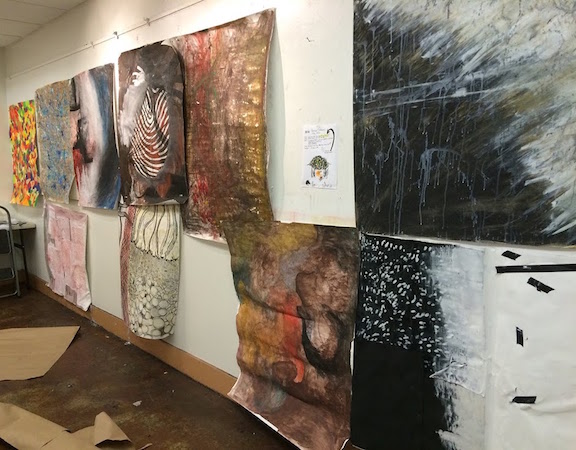“Drawing is everywhere. We are surrounded by it – it is sewn into the warp and weft of our lives: we practice it as one of our earliest experiences as schoolchildren, and as parents we treasure the drawings made by our offspring like nothing else. People draw everywhere in the world: drawing can even be used as a global visual language when verbal communication fails. As adults we use it pragmatically to sketch our own maps and plans, but we also use it to dream – in doodles and scribbles. We use drawing to denote ourselves, our existence within a scene: in the urban context, for example, graffiti acts as a form of drawing within an expanded field. Indeed, drawing is part of our interrelation to our physical environment, recording in and on it, the presence of the human. It is the means by which we can understand and map, decipher, and come to terms with our surroundings as we leave marks, tracks, or shadows to mark our passing. Footprints in the snow, breath on the window, vapor trails of a plane across the sky, lines traced by a finger in the sand – we literally draw in and on the material world. Drawing is part of what it means to be human – indeed, it would ridiculous to apply this statement to other, more specialized media, such as painting, sculpture, or collage, but somehow applied to the medium of drawing, the idea is easier to grasp.” From an essay by Emma Dexter, Vitamin D: New Perspectives in Drawing, Phaidon Press


















































